News Analysis
How abortion unified Catholics and evangelicals to become a power on the right
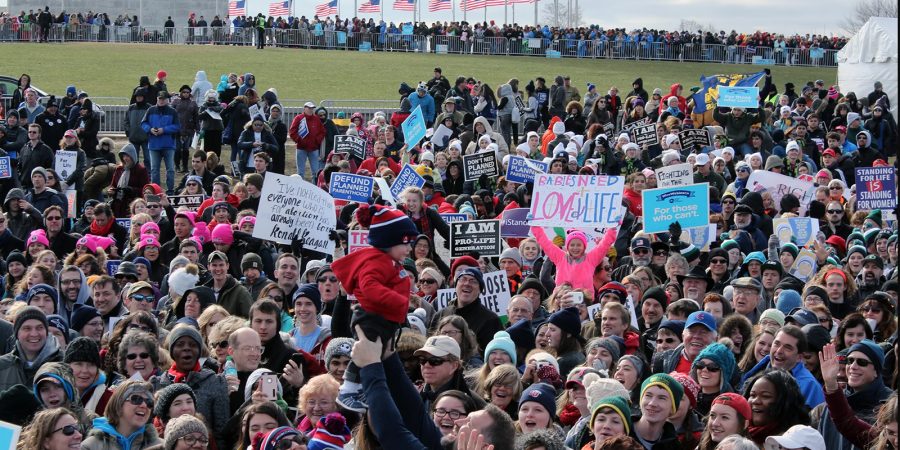
“This bill is a request that they respect the sincerity, the religious beliefs, and the convictions of the majority of their fellow Californians.”
The religious beliefs that Beilenson was defending were those of the state’s Protestants and Jews. Back then, many abortion opponents were Catholic Democrats, while many conservative Republican Protestants wanted nothing to do with the issue, viewing it as the province of Catholics, their theological adversaries.
Despite Beilenson’s plea, the Catholic Church fought hard against the bill, which would allow abortions when the pregnancy endangered the life or health of the woman or if she was the victim of rape or incest. Cardinal James McIntyre compared it to Herod ordering the slaughter of “Holy Innocents” in Bethlehem. But the legislature passed the landmark bill, which was then signed into law by the new governor, Ronald Reagan. Within a few years, some 20 states would follow.
The evangelicals’ ambivalence on abortion, an issue they now consider to be at the sacred heart of their morality, is striking. Francis Schaeffer, an evangelical professor who later became a major anti-abortion activist, at first refused to get involved. After his son, Frank, pushed him to join the anti-abortion movement, Schaeffer exasperatedly blurted out, “They’re Catholics!”
“How can you say you believe in the uniqueness of every human being if you won’t stand up on this?” the son yelled.
“I don’t want to be identified with some Catholic issue. I’m not putting my reputation on the line for them!” Francis shouted back.

Abortion politics, however, would come to thaw relations between conservative Catholics and Protestants and powerfully affect American politics in general. The rise of these two groups as the religious right, with abortion as a key common issue, would also indirectly strengthen religious freedom in the United States.
At first, abortion politics only served to cement the divisions between the two groups, with Evangelical protestants taking the more pro-choice position. The year after California’s Therapeutic Abortion law passed, Billy Graham declared that he supported loosening the laws so rape and incest victims could get abortions, and the Baptist State Convention of North Carolina took no position.
Other Bible Belt states behaved similarly. “I have always felt that it was only after a child was born and had a life separate from its mother that it became an individual person,” said the fundamentalist minister W. A. Criswell, the former president of the Southern Baptist Convention.
Some Protestants doubted there was biblical justification for the Catholic view that human life began at conception. In 1968, 25 evangelical scholars concluded that the “human fetus” was either “an actual human life or at the least, a potential and developing human life,” so physicians should “exercise great caution” when prescribing an abortion.
“Hardly any evangelical Protestants joined Catholics in lobbying against the abortion law reform efforts of the late 1960s,” wrote University of West Georgia historian Daniel K. Williams in his 2015 book, “Defenders of the Unborn: The Pro-Life Movement Before Roe v. Wade.”
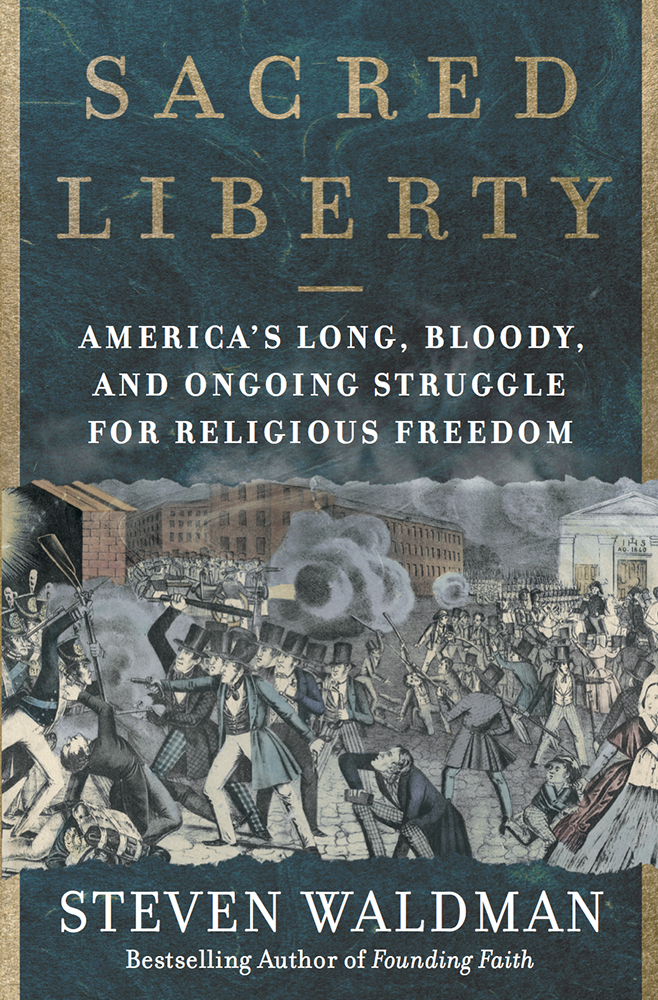
Evangelicals certainly did not view the “right to life” as an important issue. “The Evangelicals’ attitude was that ‘it’s not our problem,’” recalled Paul Weyrich, the Catholic conservative activist. “They had a ghetto mentality and didn’t foresee the impact of the (1973 Roe v. Wade) decision.”
But over the next decade, their views changed dramatically. For one thing, Roe v. Wade led to a dramatic increase in legal abortions, from 750,000 in 1973 to 1 million in 1975 to 1.5 million in 1980. Many conservative Protestant groups that had supported the modest liberalization of abortion laws had second thoughts.
Christianity Today, the leading evangelical intellectual magazine, stated afterward: “Christians should accustom themselves to the thought that the American state no longer supports, in any meaningful sense, the laws of God.” An influential 1979 movie created by Schaeffer and Reagan’s future surgeon general, C. Everett Koop, asked, “Whatever Happened to the Human Race?”
The evangelical-Catholic political alliance over abortion began in the late 1960s with Richard Nixon. Nixon aides Pat Buchanan and Kevin Phillips made the case that abortion was potentially a wedge issue that could separate Catholics from the Democratic Party. Abortion, Buchanan wrote in a private memo, was “a rising issue and gut issue with Catholics.”
As he got closer to the 1972 presidential election, Nixon began making pro-life gestures, such as directing the Pentagon to rescind abortion regulations it had issued the year before governing when military doctors could perform the procedures. In May 1972, the president rejected a report on population growth that he had commissioned two years earlier, arguing that “unrestricted abortion policies would demean human life” — a thoroughly Catholic phrasing.
Until then, Nixon’s position on abortion had been virtually the same as his Democratic opponent George McGovern’s. Now Nixon associated abortion with a general moral degeneracy, captured by the three A’s that McGovern would supposedly bring to America in abundance — amnesty for draft evaders, acid, and abortion.
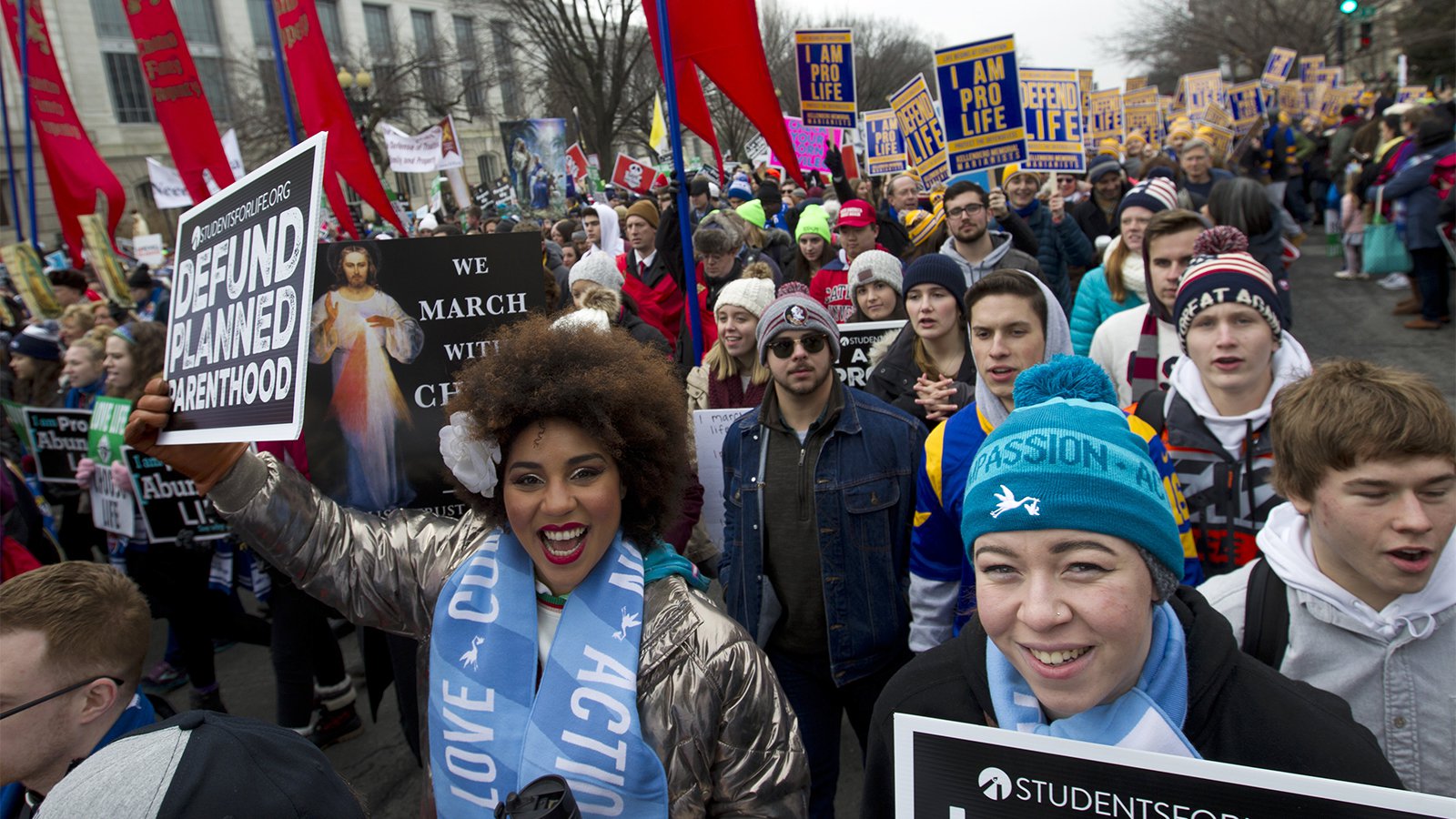
The canniest leaders understood that abortion politics could help conservatism, and vice versa. Weyrich explained to his fellow conservatives that abortion should be “made the keystone of their organizing strategy, since this was the issue that could divide the Democratic Party.”
During the Jimmy Carter administration, what came to be known as the religious right began to take shape. A key impetus was the Internal Revenue Service’s attempt to remove Bob Jones University’s tax exempt status because it banned interracial dating. In 1979, Weyrich joined together with a Baptist minister named Jerry Falwell to form a new multifaith religious group to advocate conservative cultural issues. They called it the Moral Majority.
The prevalence of Catholics in the leadership of this religious right, little noticed by the press at the time, helped elevate abortion as an issue and bridge the Catholic-Protestant divide.
At a rally in Dallas, James Robison, an evangelical preacher, introduced Weyrich by saying, “Weyrich is a brother Cath-o-lic, and if any of you want to leave, do it now, because I don’t want you in the room.”
By 1980, abortion politics had reached a tipping point. The Republican presidential nominee, Ronald Reagan, endorsed a constitutional amendment to ban abortion, cementing a new political coalition of conservative Protestants, Catholics and Mormons.
Over the next four decades, the religious right grew in strength, as did the conservative Protestant-Catholic alliance. On January 31, 2006, Samuel Alito was sworn in as a justice to the United States Supreme Court, becoming the fifth Catholic then serving on the nine-person court. All five of the Catholic justices were appointed by Protestant Republican presidents who owed their elections to this coalition.
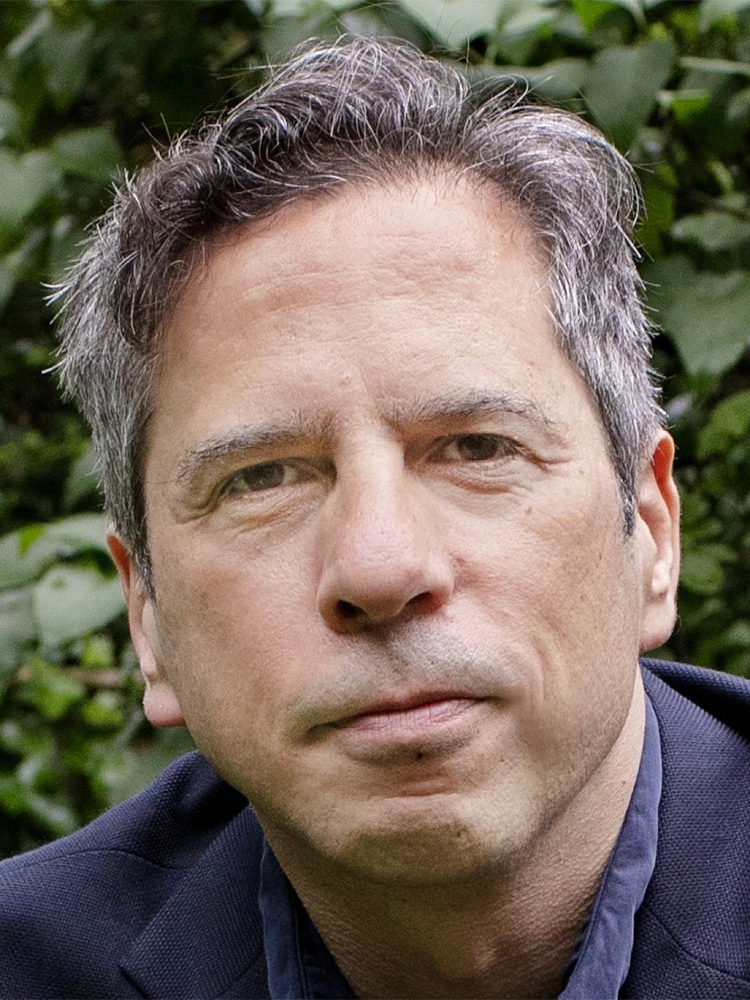
Most remarkable, perhaps, was the number of conservative activists who converted to Catholicism, including columnist Robert Novak; Supreme Court Justice Clarence Thomas; former House Speaker Newt Gingrich; Judge Robert Bork; Kansas Governor Sam Brownback; and pundit Laura Ingraham.
Were this evangelical-Catholic coalition in place when Beilenson first floated his abortion reform bill, it’s likely it would not have passed, and it’s almost certain that the United States’ view of religious liberty would likely be different as well. As it happened, the politics of abortion expanded understanding between evangelicals and Catholics, giving greater standing to both groups. By focusing on a common political agenda rather than on their theological differences, they have been able to secure greater religious liberty and forever change the country.
(Adapted from “Sacred Liberty: America’s Long, Bloody, and Ongoing Struggle for Religious Freedom.” Copyright © 2019 by Steven Waldman. Reprinted with permission from HarperOne, an imprint of HarperCollinsPublishers. The views expressed in this commentary do not necessarily represent those of Religion News Service.)
Read XPian News at… https://xpian.news


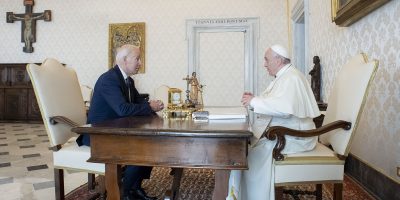
Comments are Closed